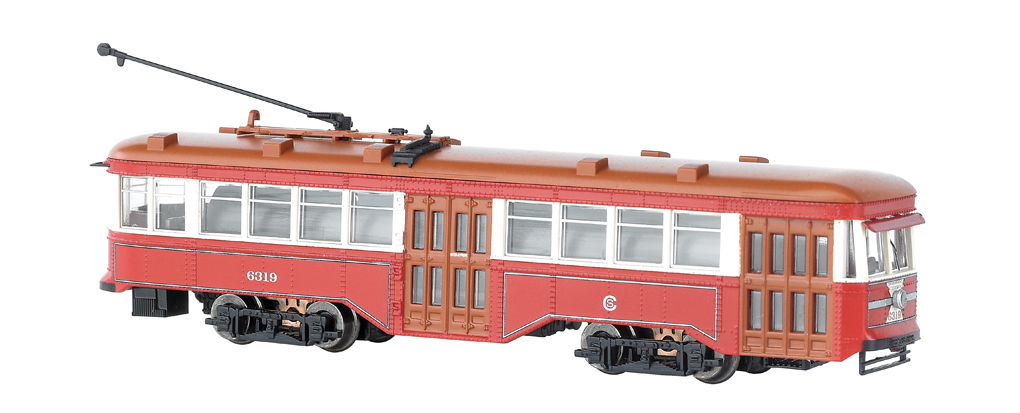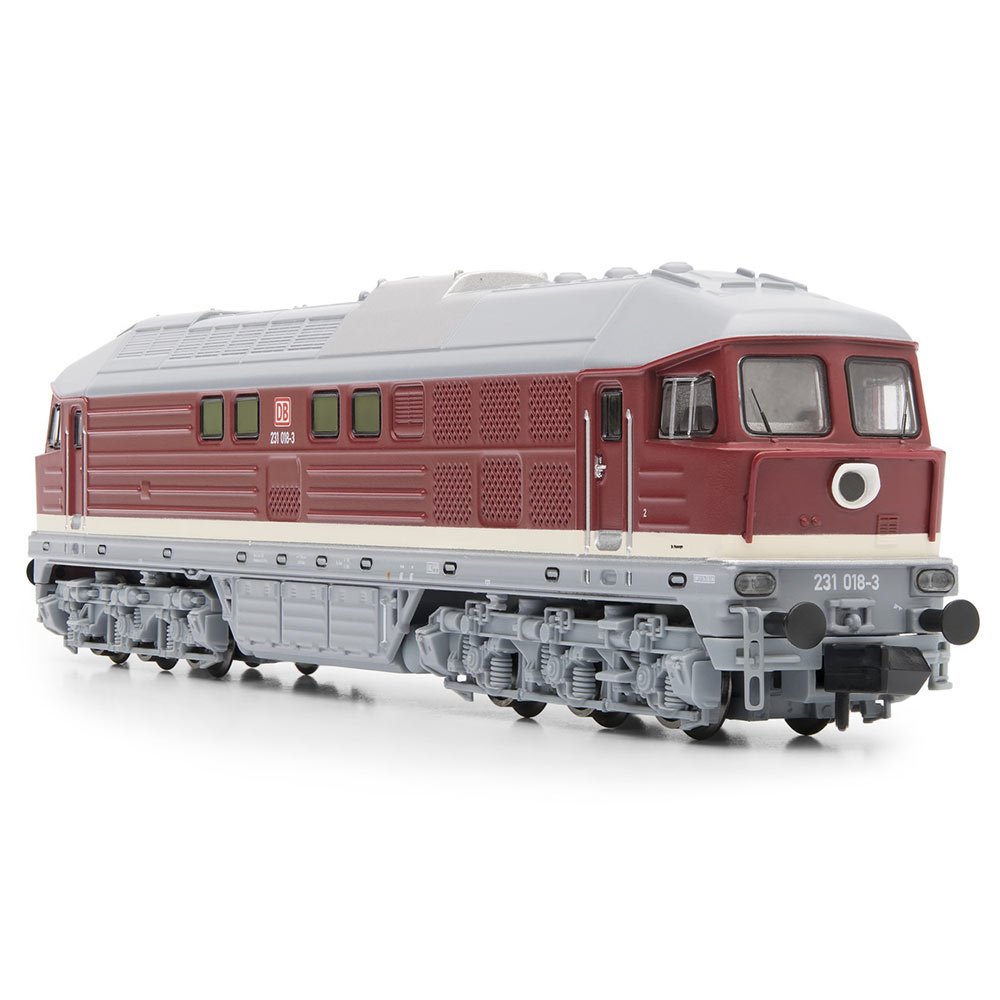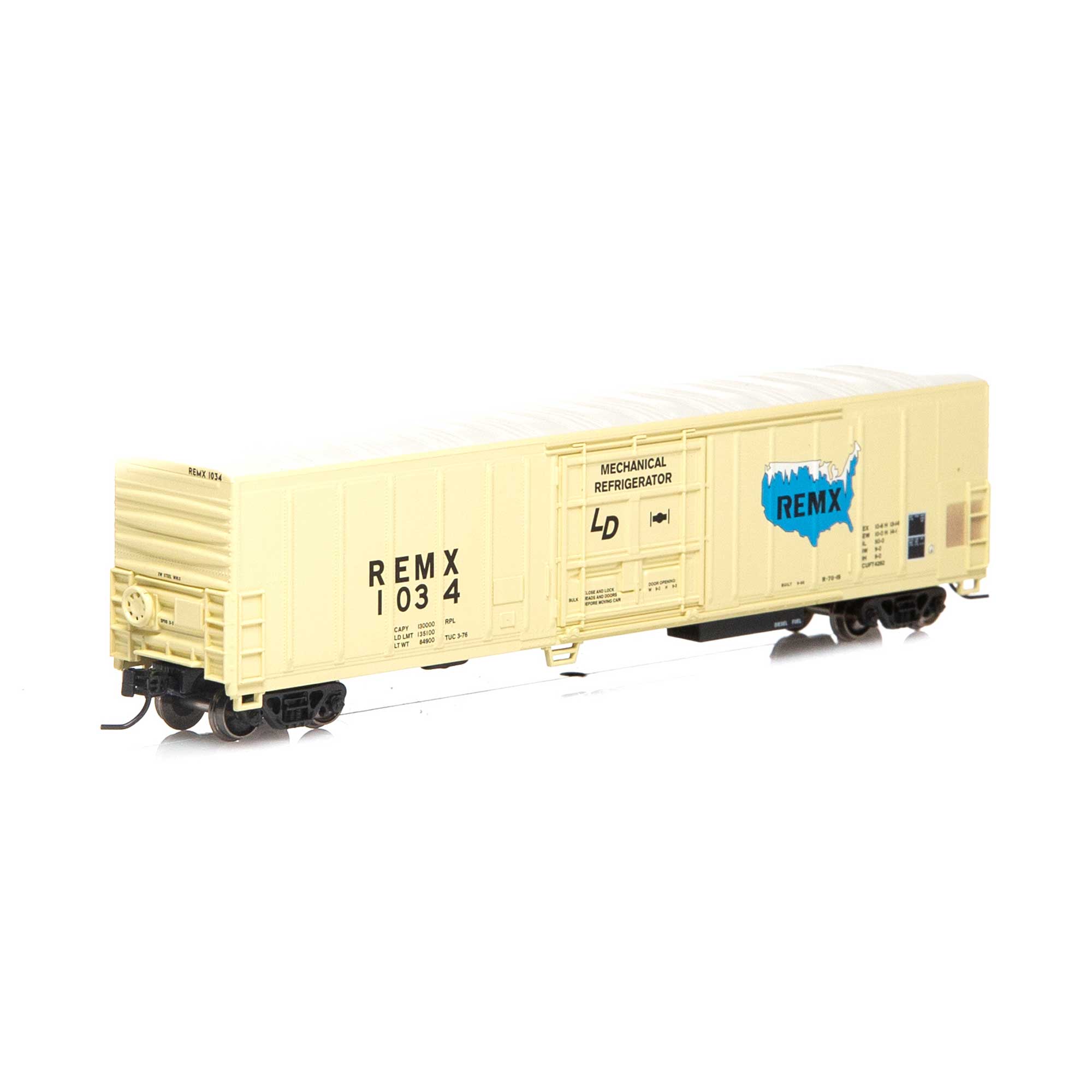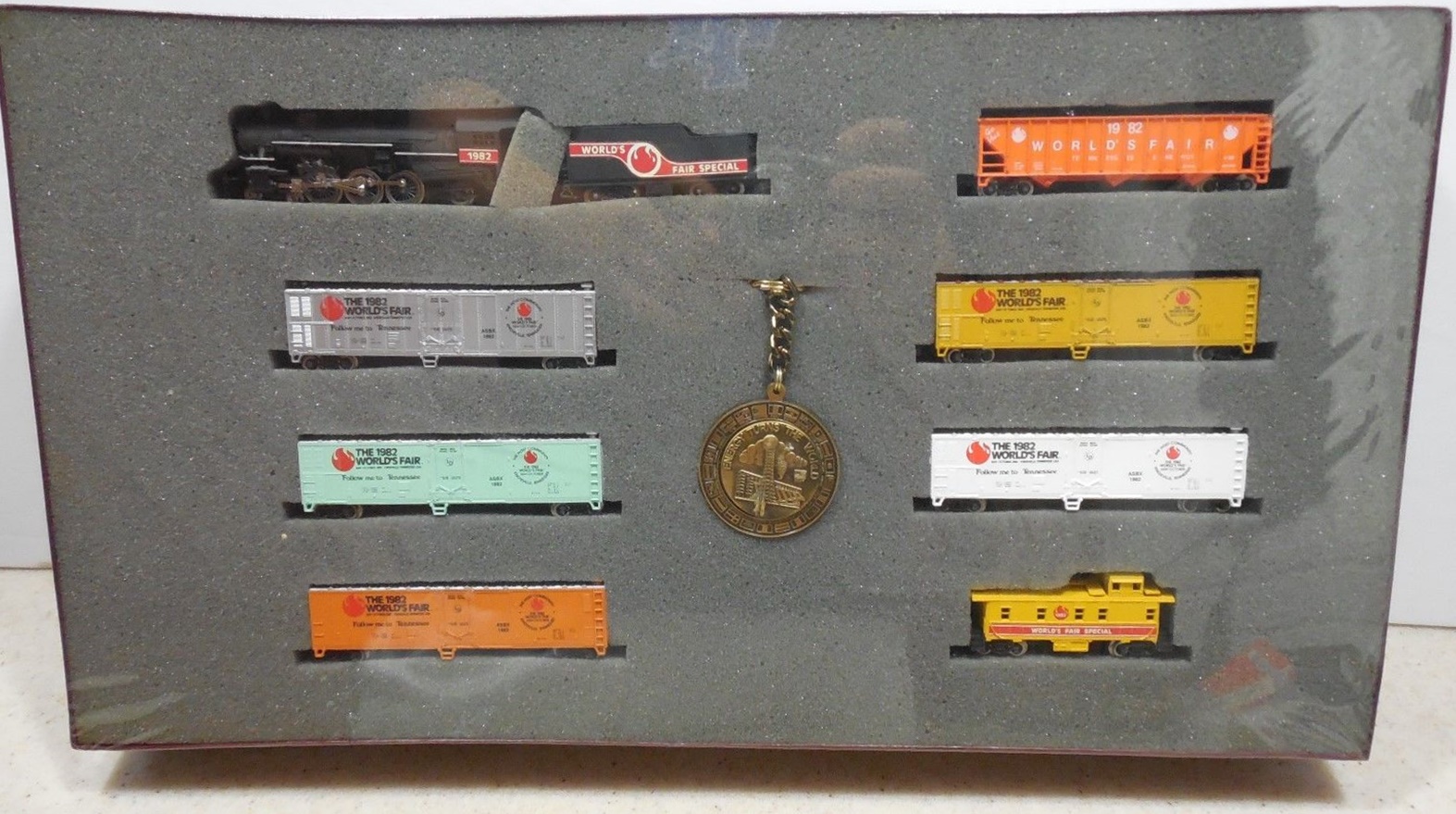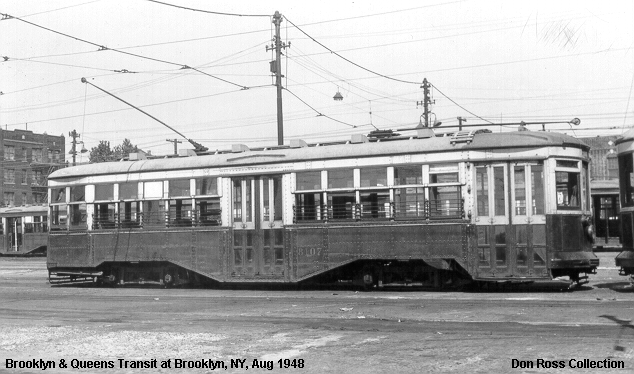Specific Item Information: Listed for first time in 2016 Bachmann HO & N Catalog
Model Information: Introduced in 2010, this distinctive streetcar with its innovative exit-only center door boasts superfine detailing with realistic LED headlight and stop light.
Features: DCC-equipped for speed, direction, and lighting, dual-mode NMRA-compliant decoder, eight-wheel drive, precision can motor, LED headlight and stop light, hidden drive train and electronics, photo-etched brass safety screen per prototype, performs best on 9" radius curves or greater.
N Scale Trolleys frequently experience poor pickup and jerky motion. This model is an exception. It can glide through dirty track and turnouts without a pause. It is also mostly pretty quiet. A definite winner for trolley-lovers.
Features: DCC-equipped for speed, direction, and lighting, dual-mode NMRA-compliant decoder, eight-wheel drive, precision can motor, LED headlight and stop light, hidden drive train and electronics, photo-etched brass safety screen per prototype, performs best on 9" radius curves or greater.
N Scale Trolleys frequently experience poor pickup and jerky motion. This model is an exception. It can glide through dirty track and turnouts without a pause. It is also mostly pretty quiet. A definite winner for trolley-lovers.
Prototype History: The Peter Witt streetcar was introduced by Cleveland Railway commissioner Peter Witt (1869–1948) who led the transit agency from 1911–1915 and designed a model of streetcar known by his name[1] that was used in many North American cities, most notably in Toronto and Cleveland.
Witt completed the first prototype in 1914 and filed his patent for the car design in 1915. G.C. Kuhlman Car Company then delivered 130 cars of this design to Cleveland in 1915 and 1916. From this point the design was licensed to a number of cities that needed large capacity trolleys. Toronto Transportation Commission ordered 575 custom Peter Witt cars from 1921 to 1923 and operated them until 1965. Philadelphia Rapid Transit ordered 525 cars from 1923 to 1926, while also converting most of their 1,500 Nearside streetcar fleet to center exit models. Production continued until the introduction of the PCC streetcar in the mid-1930s.
Witt completed the first prototype in 1914 and filed his patent for the car design in 1915. G.C. Kuhlman Car Company then delivered 130 cars of this design to Cleveland in 1915 and 1916. From this point the design was licensed to a number of cities that needed large capacity trolleys. Toronto Transportation Commission ordered 575 custom Peter Witt cars from 1921 to 1923 and operated them until 1965. Philadelphia Rapid Transit ordered 525 cars from 1923 to 1926, while also converting most of their 1,500 Nearside streetcar fleet to center exit models. Production continued until the introduction of the PCC streetcar in the mid-1930s.
Road Name History: 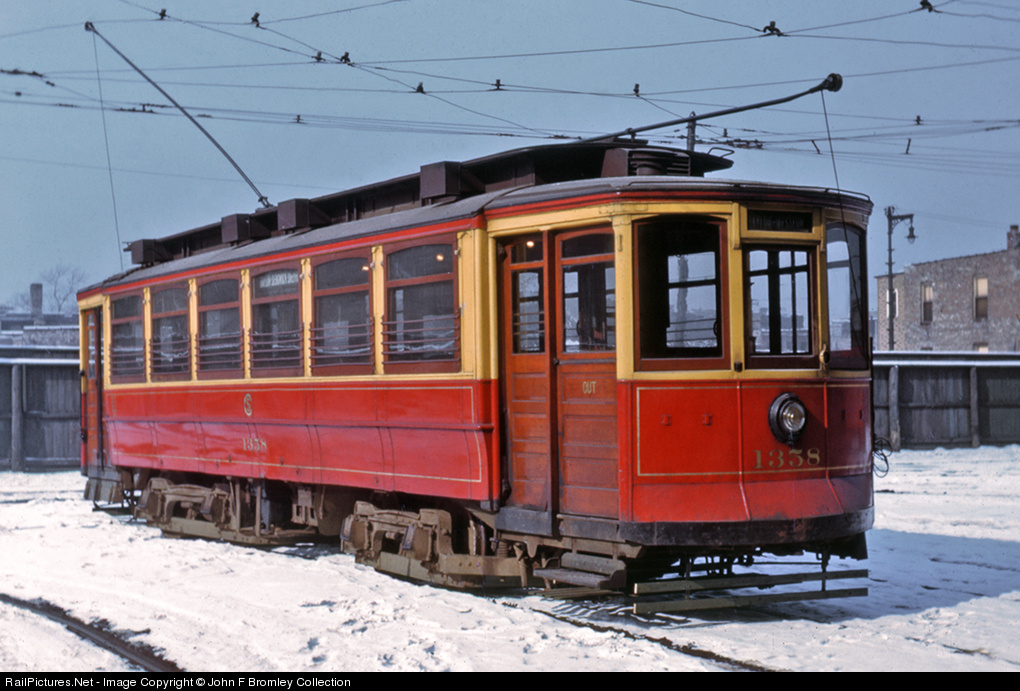 The CSL was established in 1913 to unify the four existing Chicago streetcar lines. The unification created the largest streetcar system in the world. The fleet included 3,100 streetcars. As early as 1927, buses began taking over some routes. The CSL, which had been operating in receivership for a number of years, was taken over by Chicago Transit Authority in 1947.
The CSL was established in 1913 to unify the four existing Chicago streetcar lines. The unification created the largest streetcar system in the world. The fleet included 3,100 streetcars. As early as 1927, buses began taking over some routes. The CSL, which had been operating in receivership for a number of years, was taken over by Chicago Transit Authority in 1947.

Brand/Importer Information: Bachmann Industries (Bachmann Brothers, Inc.) is a Bermuda registered Chinese owned company, globally headquartered in Hong Kong; specializing in model railroading.
Founded in Philadelphia, Pennsylvania, the home of its North American headquarters, Bachmann is today part of the Kader group, who model products are made at a Chinese Government joint-venture plant in Dongguan, China. Bachmann's brand is the largest seller, in terms of volume, of model trains in the world. Bachmann primarily specializes in entry level train sets, and premium offerings in many scales. The Spectrum line is the high quality, model railroad product line, offered in N, HO, Large Scale, On30, and Williams O gauge all aimed for the hobbyist market. Bachmann is the producer of the famous railroad village product line known as "Plasticville." The turnover for Bachmann model trains for the year ended 31 December 2006 was approximately $46.87 million, a slight increase of 3.36% as compared to 2005.
Founded in Philadelphia, Pennsylvania, the home of its North American headquarters, Bachmann is today part of the Kader group, who model products are made at a Chinese Government joint-venture plant in Dongguan, China. Bachmann's brand is the largest seller, in terms of volume, of model trains in the world. Bachmann primarily specializes in entry level train sets, and premium offerings in many scales. The Spectrum line is the high quality, model railroad product line, offered in N, HO, Large Scale, On30, and Williams O gauge all aimed for the hobbyist market. Bachmann is the producer of the famous railroad village product line known as "Plasticville." The turnover for Bachmann model trains for the year ended 31 December 2006 was approximately $46.87 million, a slight increase of 3.36% as compared to 2005.
Item created by: gdm on 2016-05-12 06:41:00. Last edited by George on 2024-01-26 20:29:02
If you see errors or missing data in this entry, please feel free to log in and edit it. Anyone with a Gmail account can log in instantly.
If you see errors or missing data in this entry, please feel free to log in and edit it. Anyone with a Gmail account can log in instantly.


